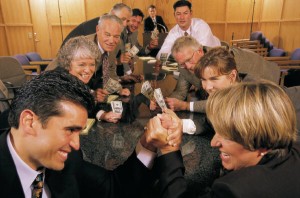My Interview at Earbud_U: Entrepreneurship, Conflict Management, Storytelling
I had the honor of being interviewed by Jesan Sorrells of Human Services Consulting and Training (HSCT) for his Earbud_U podcast series. We had a great time taking about the brain, entrepreneurship, conflict management and storytelling.
- Why do our brains like stories?
- How does learning happen in the brain?
- How do you turn a start-up idea into reality?
- How do you choose your business partners?
- How do you manage a team of creatives from different parts of the globe?
- How do you tell your story across multiple media platforms?
Click HERE to listen.





